Rising Vehicle Production
The increasing production of vehicles is a primary driver for the Automotive Door Latch and Hinge Market. As manufacturers ramp up output to meet consumer demand, the need for reliable and efficient door latches and hinges becomes paramount. In recent years, vehicle production has shown a steady upward trend, with millions of units produced annually. This surge in production directly correlates with the demand for high-quality automotive components, including door latches and hinges. The Automotive Door Latch and Hinge Market is likely to benefit from this trend, as manufacturers seek to enhance vehicle safety and functionality through advanced latch and hinge systems. Furthermore, the expansion of electric and hybrid vehicles is expected to further stimulate this market, as these vehicles often require specialized components to accommodate their unique designs.
Technological Advancements
Technological advancements play a crucial role in shaping the Automotive Door Latch and Hinge Market. Innovations such as electronic latching systems and smart hinges are gaining traction, driven by the demand for enhanced vehicle security and convenience. The integration of technology into traditional latch and hinge designs is not only improving functionality but also increasing safety features. For instance, the introduction of remote locking mechanisms and automatic door opening systems is becoming more prevalent. This shift towards smart technology is expected to propel the Automotive Door Latch and Hinge Market forward, as manufacturers invest in research and development to create cutting-edge solutions. The market is projected to grow significantly, with estimates suggesting a compound annual growth rate that reflects the increasing adoption of these advanced technologies.
Growth of Electric and Autonomous Vehicles
The growth of electric and autonomous vehicles is emerging as a significant driver for the Automotive Door Latch and Hinge Market. As the automotive landscape evolves, the demand for specialized components that cater to the unique requirements of electric and autonomous vehicles is increasing. These vehicles often feature innovative designs and technologies that necessitate advanced door latch and hinge systems. The Automotive Door Latch and Hinge Market is likely to experience substantial growth as manufacturers adapt to these changes. The integration of features such as automatic door opening and closing mechanisms aligns with the technological advancements in electric and autonomous vehicles. This trend not only enhances user convenience but also contributes to the overall safety and functionality of these vehicles, indicating a promising future for the market.
Regulatory Compliance and Safety Standards
Regulatory compliance and safety standards are pivotal drivers for the Automotive Door Latch and Hinge Market. Governments worldwide are implementing stringent safety regulations to ensure the protection of vehicle occupants. These regulations often mandate the use of high-quality latches and hinges that meet specific safety criteria. As a result, automotive manufacturers are compelled to invest in superior door latch and hinge systems to comply with these regulations. The Automotive Door Latch and Hinge Market is likely to see increased demand as manufacturers strive to meet these evolving safety standards. Additionally, the emphasis on crash safety and occupant protection is pushing manufacturers to innovate and enhance the performance of their door latch and hinge systems, further driving market growth.
Consumer Preferences for Enhanced Safety Features
Consumer preferences are increasingly leaning towards enhanced safety features in vehicles, which significantly impacts the Automotive Door Latch and Hinge Market. As awareness of vehicle safety rises, consumers are demanding more reliable and advanced door latch and hinge systems. This shift in consumer behavior is prompting manufacturers to prioritize the development of innovative solutions that not only meet but exceed safety expectations. The Automotive Door Latch and Hinge Market is responding to this demand by integrating advanced materials and technologies into their products. The focus on safety is likely to drive market growth, as manufacturers seek to differentiate their offerings in a competitive landscape. Furthermore, the trend towards family-oriented vehicles is amplifying the need for robust and secure door systems, further propelling the market.


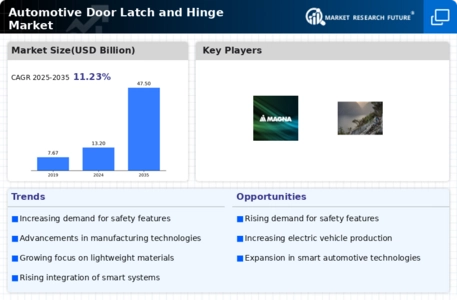

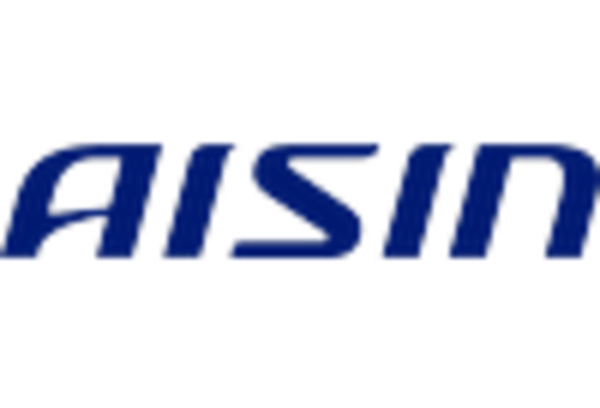

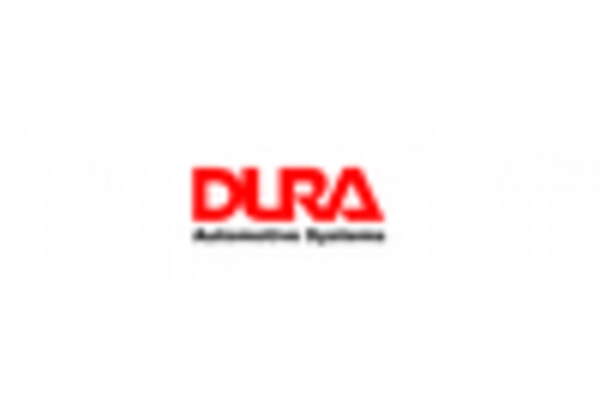
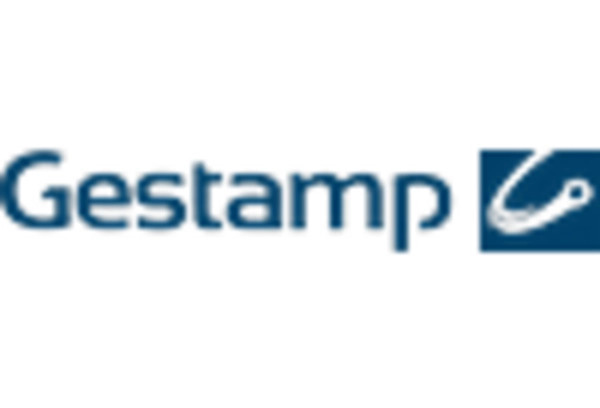
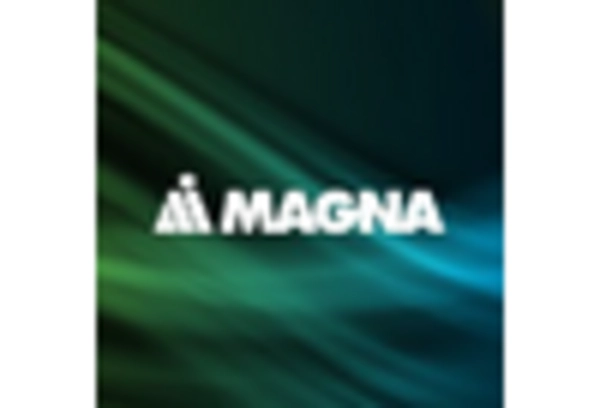









Leave a Comment